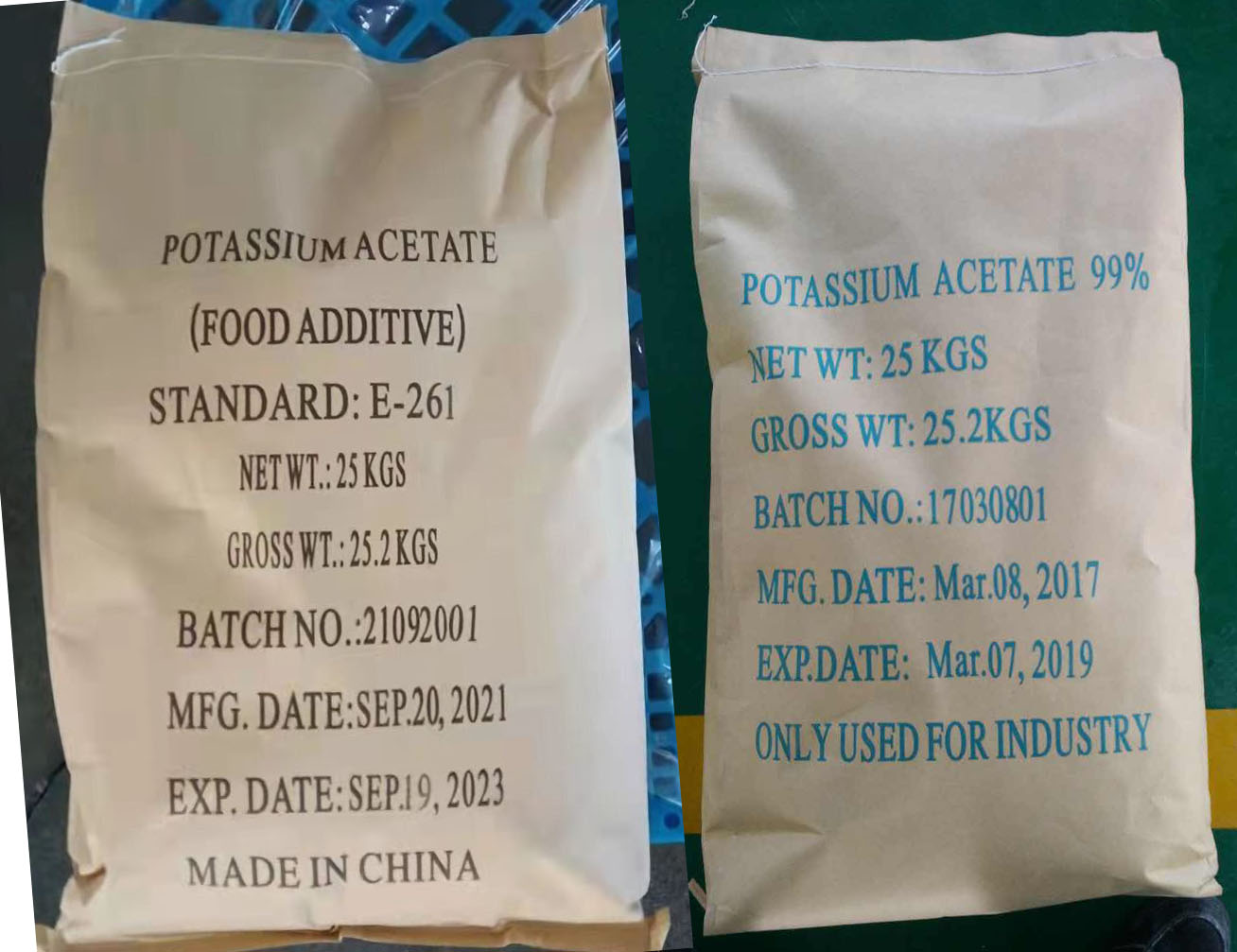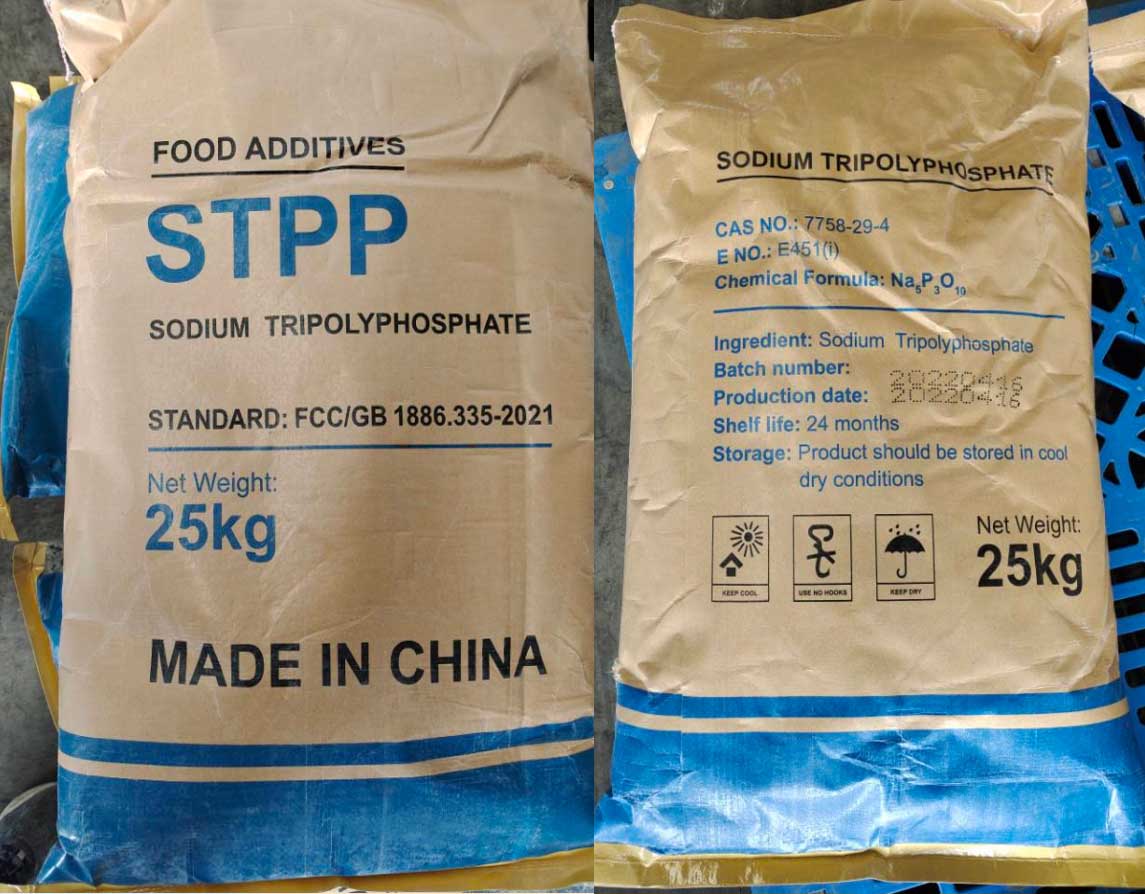Introduction
Potassium acetate (CH₃COOK) is a versatile compound with a wide range of applications, from deicing and anti-freezing to use in agriculture and the food industry. Its unique properties make it an effective and environmentally friendly alternative to traditional deicing agents like rock salt. This article will explore the various uses of potassium acetate, its benefits, and its environmental impact.
Potassium Acetate as a Deicing Agent
One of the most prominent applications of potassium acetate is as a deicing agent. Traditional deicing methods often involve the use of sodium chloride (rock salt), which can be corrosive and harmful to the environment. Potassium acetate, on the other hand, is less corrosive and more effective at lower temperatures. It works by lowering the freezing point of water, preventing ice formation on roads, bridges, and runways.
The effectiveness of potassium acetate as a deicing agent is due to its ability to form a solution with water that remains liquid even at sub-zero temperatures. This property makes it particularly useful in regions with harsh winters. Additionally, potassium acetate is non-toxic and biodegradable, making it a safer option for both the environment and infrastructure. It does not cause the same level of damage to concrete, asphalt, or metal surfaces as rock salt, reducing maintenance costs over time.
Potassium Acetate as an Anti-Freezing Agent
In addition to deicing, potassium acetate is also used as an anti-freezing agent. It can be mixed with water to create a solution that prevents the formation of ice crystals in pipes, tanks, and other industrial equipment. This is particularly important in industries where the integrity of the equipment is crucial, such as in the oil and gas sector, chemical processing, and HVAC systems.
The anti-freezing properties of potassium acetate are attributed to its high solubility in water and its ability to disrupt the formation of hydrogen bonds. This allows it to lower the freezing point of water significantly, ensuring that the solution remains liquid even at very low temperatures. Unlike ethylene glycol, which is commonly used as an antifreeze but is toxic, potassium acetate is safe and non-toxic, making it a preferred choice for many applications.
Potassium Acetate as a Snow Melting Liquid
Another application of potassium acetate is as a snow melting liquid. In areas with heavy snowfall, it can be applied to roads, sidewalks, and other surfaces to melt snow and prevent the formation of ice. The compound works by dissolving the ice and snow, creating a brine solution that has a lower freezing point than pure water. This brine solution then flows off the surface, leaving it clear and safe for travel.
The use of potassium acetate as a snow melting liquid is particularly beneficial in urban areas, where the accumulation of snow and ice can pose significant safety hazards. It is also effective in airports, where the rapid melting of snow and ice is critical for maintaining flight schedules and ensuring the safety of passengers and crew. The non-corrosive nature of potassium acetate means that it can be used on sensitive surfaces without causing damage, making it a versatile and reliable solution.
Potassium Acetate as a High-Performance Fertilizer
In agriculture, potassium acetate is used as a high-performance fertilizer. Potassium is one of the essential nutrients required for plant growth, and it plays a crucial role in the regulation of water balance, enzyme activation, and photosynthesis. Potassium acetate provides a readily available source of potassium, which can be quickly absorbed by plants.
The use of potassium acetate as a fertilizer is particularly beneficial in hydroponic systems, where precise control of nutrient levels is necessary. It can also be used in traditional soil-based agriculture to supplement the potassium content of the soil. The compound is highly soluble in water, making it easy to apply and ensuring that it is evenly distributed throughout the root zone. Additionally, potassium acetate is compatible with other fertilizers, allowing for the creation of custom nutrient blends tailored to the specific needs of different crops.
Potassium Acetate as a Food Additive
Potassium acetate is also used as a food additive, primarily as a preservative and flavoring agent. In the food industry, it is known as E261 and is approved for use in a variety of products, including baked goods, cheeses, and processed meats. As a preservative, it helps to inhibit the growth of bacteria and mold, extending the shelf life of food products.
The flavoring properties of potassium acetate are due to its mild acetic acid taste, which can enhance the overall flavor profile of certain foods. It is often used in combination with other flavorings to create a balanced and appealing taste. Additionally, potassium acetate is a source




